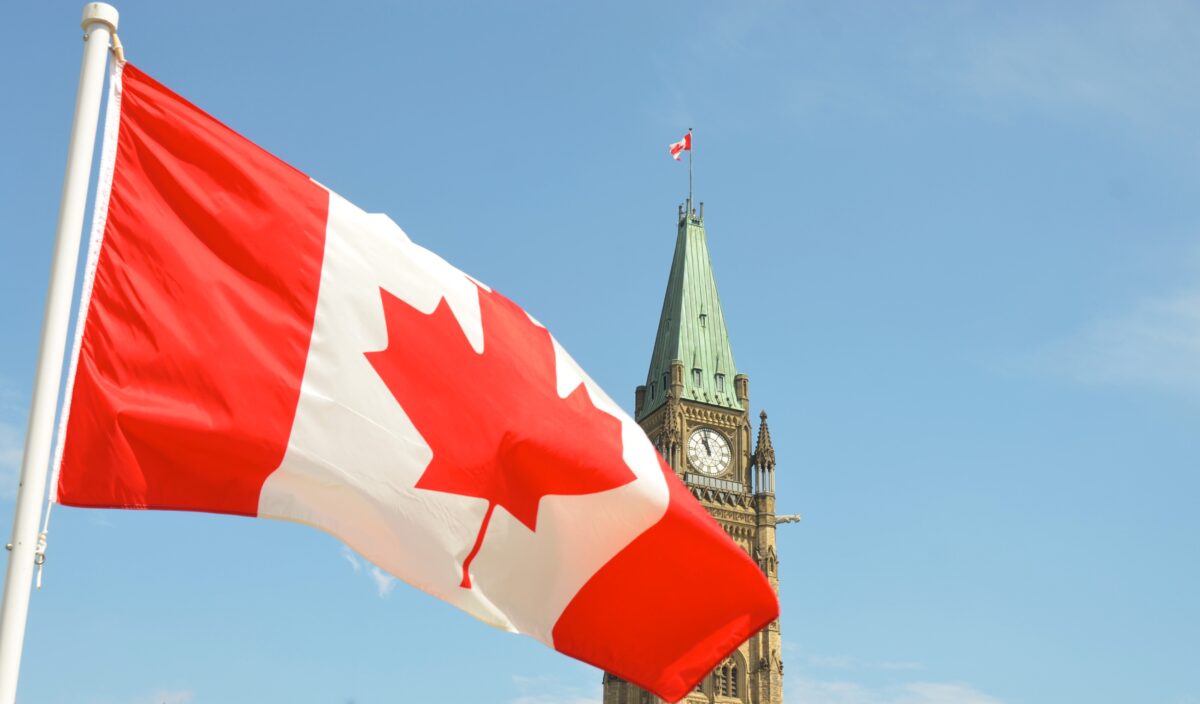Broad changes are expected to close the oppressive compensation hole in Canadian medication that sees female doctors reliably acquire not exactly male specialists, a recently distributed examination says.
To defeat the fundamental inclination, the paper, distributed in the Canadian Medical Association Journal (CMAJ), calls for more straightforwardness in doctor installments, better parental leave for all specialists, and changes to clinical training framework that frequently drives ladies into less rewarding, more feminized fortes.
“We’ve been buried in this discussion in Canada about the presence of the sexual orientation pay hole. We appear to simply be going to and fro on whether it exists. It’s an ideal opportunity to move past that and start really saying, ‘This exists and it’s an ideal opportunity to address it,’ ” said Dr. Michelle Cohen, a family doctor and Queen’s University teacher who co-created the investigation.
The source of inspiration comes fourteen days after an investigation by the Ontario Medical Association (OMA) found a 15.6 percent unexplained compensation hole among male and female specialists.
The OMA’s examination broke down the entirety of doctors’ billings to the Ontario Health Insurance Plan in 2017-18, and balanced for elements, for example, days worked so as to make “consistent correlation among male and female doctors.” It’s the biggest investigation of its sort in Canada, the affiliation said.
Together, the two new examinations sparkle a light on pay disparity not simply between male-commanded clinical fortes, for example, ophthalmology and radiology, and the less-worthwhile claims to fame, for example, family medication or pediatrics in which more ladies practice; the exploration additionally shows a steady compensation irregularity among people inside those fields.
In 2019, a Toronto Star examination uncovered the names of 194 Ontario specialists whose yearly billings — from a high of around $6.9 million to a low of $1.4 million — set them in the Top 100 in any event once somewhere in the range of 2011 and 2018.
Notwithstanding approximately 41 percent of doctors in Ontario being ladies, just nine of the 194 top billers were ladies — under five percent.
The billings are not the specialists’ salary and don’t consider the frequently robust overhead costs doctors pay for costs like hardware, staff compensations and lease. These costs emerge from their billings.
The compensation unevenness comes from a predisposition profoundly established in Canada’s clinical framework, specialists state.
“There are chauvinist segregations prepared into it that start at the primary day of medications school,” Cohen said.
In what’s known as the “concealed educational plan,” ladies are pushed towards lower-paying claims to fame.
“You’ll be unable to locate a female specialist who didn’t hear remarks during her preparation like, ‘This is an all the more family-accommodating specialty…this is truly extended periods of time and genuinely requesting and it’s actually men’s work,’ ” Cohen said.
These predispositions tail female specialists into their vocation, she said.
Most specialists in Canada are compensated through a charge for-administration model that, in principle, ought to be invulnerable to predisposition. A specialist plays out a system or appraisal and afterward charges the guarantor, for example, OHIP, for the administration utilizing a novel expense code recorded in what’s known as a timetable of advantages.
This installment model has a proclivity to give higher compensation for methodology as opposed to more relationship-based consideration, said Dr. Samantha Hill, a heart specialist and leader of the OMA.
Studies have indicated that female specialists by and large take longer with patients, which is regularly attached to higher fulfillment evaluations with patients, Hill said. Yet, that sort of care is time-escalated and can restrict charging.
“At the point when it’s tied in with building connections, for example, psychiatry or a great deal of the work family medication does…when those connections are significant, you can’t surge human connections,” Hill said.
“The charge for-administration framework esteems and pays those procedural, or manly propensities, much better.”
The sexual orientation based segregation inside expense plans isn’t generally unpretentious, as indicated by the CMAJ investigation, co-wrote by Cohen and Dr. Tara Kiran, a family doctor and a clinician specialist at Toronto’s St. Michael’s Hospital.
Female specialists excessively work on ladies, and these systems are frequently compensated at a lower level than had it been performed on a male patient, the examination said.
In Ontario, a specialist is paid $50.90 for a cut under broad sedative of a vulvar canker, while a comparable technique for a scrotal ulcer pays $99, as indicated by the CMAJ examination.
Likewise, repayment for a biopsy is $39.60 for the penis and $26.85 for the vulva.
Slope says there is despite everything work to do to unload the “glaring” pay hole recognized by OMA’s exploration. The investigation suggests the affiliation should support modifying the territory’s timetable of advantages “such that better mirrors the work needed to play out each help,” just as dispatch a mission to bring issues to light about medication’s sex pay irregularity.
“As a transient objective, the way that it is being examined is now a significant win. This is something that has been on the edges of clinical science for longer than 10 years. In any case, it’s been meaningful ventures for people involved…You can’t roll out foundational improvement that way,” Hill said.
“Fixing this will require cultural and social change.”
Prodding that change needs responsibility from people with great influence, Cohen said. Past the OMA’s ongoing spotlight on the sex pay hole, doctor affiliations have remained quiet on the issue for a really long time, she said.
“The way that our clinical affiliations have totally overlooked an issue that is so pertinent to the lives of half of their participation should be tended to and represented, and the administration needs to step in also.”
She said clinical experts in the United Kingdom and the United States are “light-years in front of us” by “putting out approaches to attempt to improve things.”
“It’s the ideal opportunity for Canada to quit lingering behind our global peers…and really take care of business,” Cohen said.




